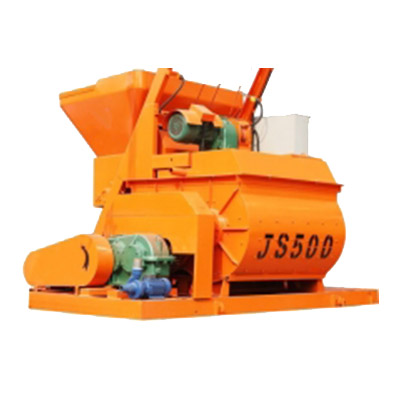poultry cage mesh
Dec . 05, 2024 15:06 Back to list
poultry cage mesh
The Importance of Poultry Cage Mesh in Modern Poultry Farming
In the world of modern poultry farming, sustainability, efficiency, and animal welfare have become paramount. One critical component that plays a significant role in achieving these goals is the poultry cage mesh. This seemingly simple material has profound implications for the health and productivity of poultry, the safety of farmers, and the overall efficiency of production systems.
What is Poultry Cage Mesh?
Poultry cage mesh refers to the network of wires used to create cages for poultry such as chickens, ducks, and quails. Designed to provide a safe and comfortable environment for birds, this mesh allows for adequate ventilation, light, and accessibility while preventing predators from entering and ensuring that the birds cannot escape. The mesh is typically made from galvanized steel or other corrosion-resistant materials, ensuring durability and longevity even in varying weather conditions.
Health and Welfare of Poultry
One of the primary advantages of using cage mesh in poultry farming is the promotion of animal health and welfare. The design of cages ensures that birds have sufficient space to move, nest, and exhibit natural behaviors while reducing the risk of disease transmission. By using appropriate mesh sizes, farmers can prevent the entrance of pests and minimize stress among the flock. Allowing for proper airflow and light reduces humidity and heat stress, which are crucial factors that can lead to respiratory issues and other health problems. Consequently, healthier birds lead to better egg production, higher meat quality, and overall improved farm productivity.
Efficiency in Operation
poultry cage mesh

Poultry cage mesh also contributes to enhanced operational efficiency. The structured environment of a cage system allows for easier management of flocks. Farmers can quickly assess the health of individual birds, monitor their growth, and implement timely interventions if required. Additionally, the use of cages can maximize space utilization within a farm, enabling farmers to raise more birds in a smaller footprint, which is especially advantageous in urban or densely populated areas.
Moreover, automated feeding and watering systems can easily be integrated with cage systems leveraging the mesh design. This technology ensures that all birds have access to food and water, reducing labor hours and ensuring consistent care. The ease of cleaning and maintenance associated with cage systems also contributes to operational efficiency, allowing farmers to uphold sanitary conditions that help in disease prevention.
Environmental Impact
The environmental implications of poultry farming cannot be overlooked, and the use of poultry cage mesh helps mitigate some of these impacts. By confining birds to a controlled environment, farmers can manage waste more effectively. Manure can be collected and processed for use as organic fertilizer, reducing environmental pollution. Additionally, with proper management of resources, feed conversion ratios tend to improve, leading to lower per-unit feed costs and reduced resource consumption.
Conclusion
In conclusion, poultry cage mesh is more than just a building material; it is a vital component of modern poultry farming that enhances the health and welfare of the birds, increases operational efficiency, and supports sustainable practices. As the poultry industry continues to evolve, incorporating innovative designs and materials, the importance of high-quality cage mesh cannot be overstated. By investing in this essential feature, poultry farmers can achieve better outcomes for their flocks, increase productivity, and contribute to a more sustainable agricultural future. Emphasizing the role of cage mesh is critical as the demand for poultry products grows and the industry seeks to balance efficiency with ethical standards of animal rearing.
-
Automatic Feeding Line System-Pan Feeder Nipple Drinker|Anping County Yize Metal Products Co., Ltd.
NewsJul.29,2025
-
Hot Sale 24 & 18 Door Rabbit Cages - Premium Breeding Solutions
NewsJul.25,2025
-
Automatic Feeding Line System Pan Feeder Nipple Drinker - Anping County Yize Metal Products Co., Ltd.
NewsJul.21,2025
-
Automatic Feeding Line System Pan Feeder Nipple Drinker - Anping County Yize Metal Products Co., Ltd.
NewsJul.21,2025
-
Automatic Feeding Line System - Anping Yize | Precision & Nipple
NewsJul.21,2025
-
Automatic Feeding Line System - Anping Yize | Precision & Nipple
NewsJul.21,2025






